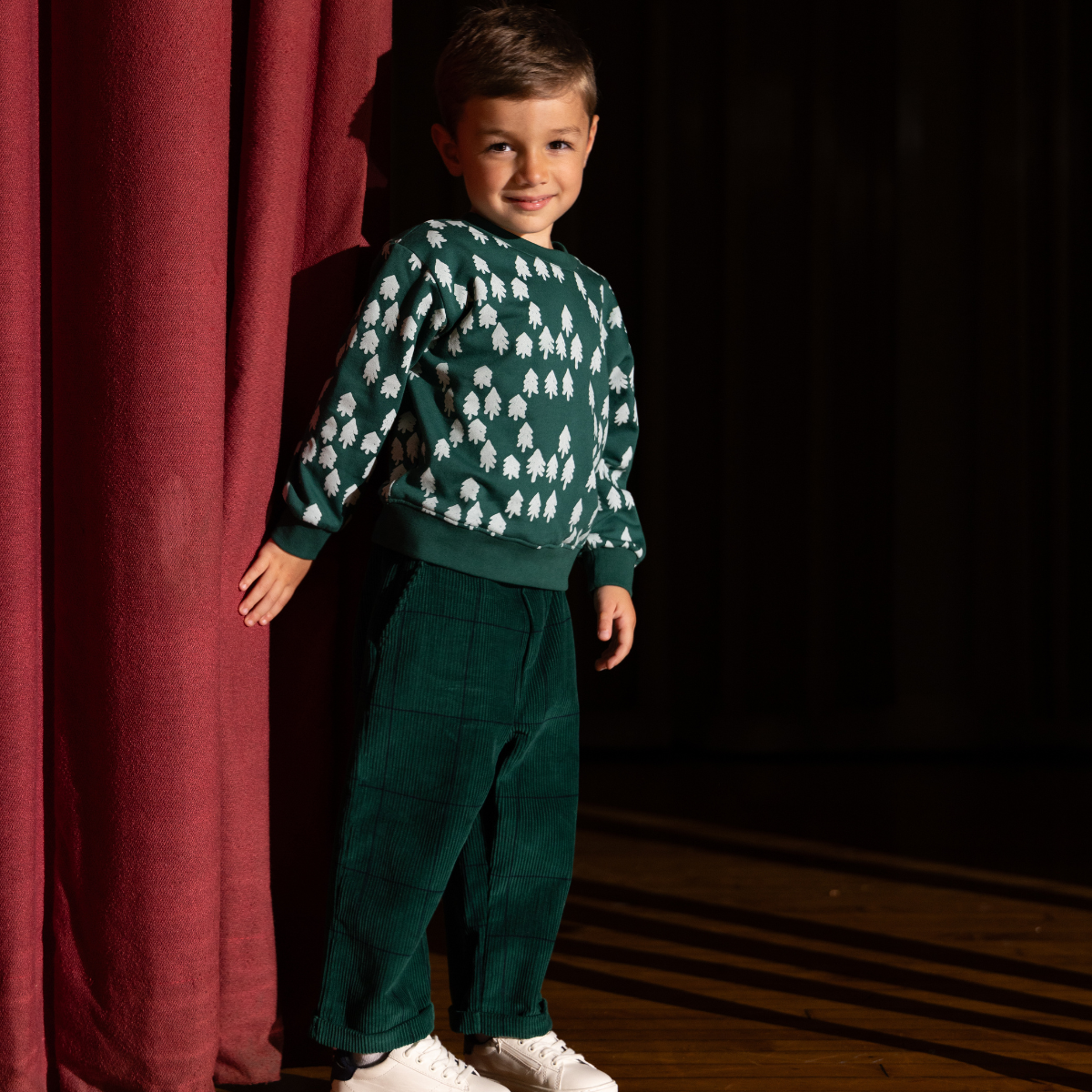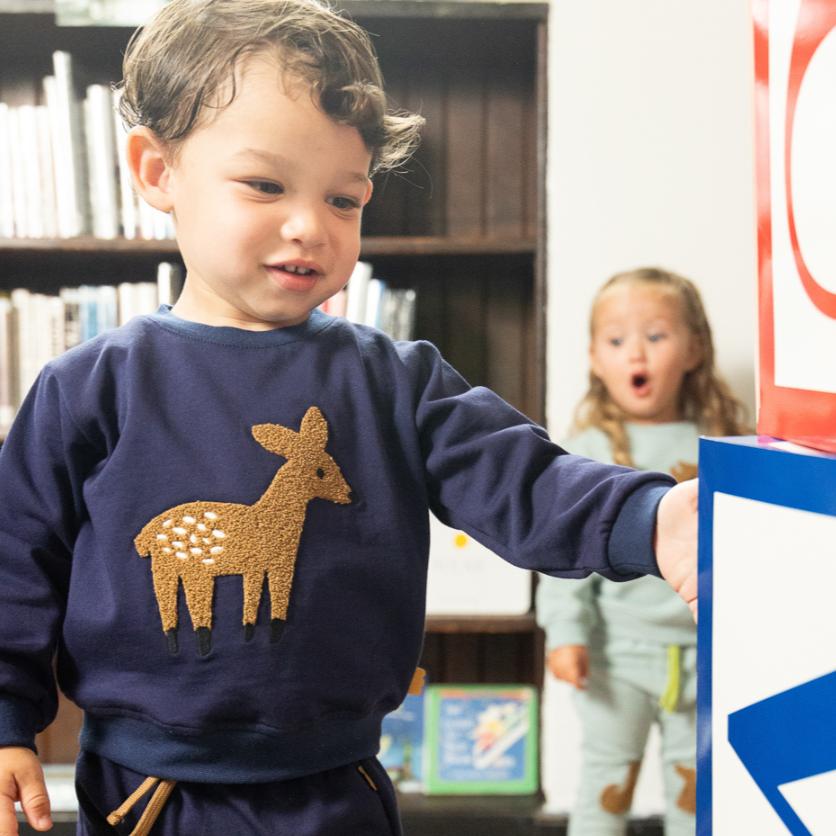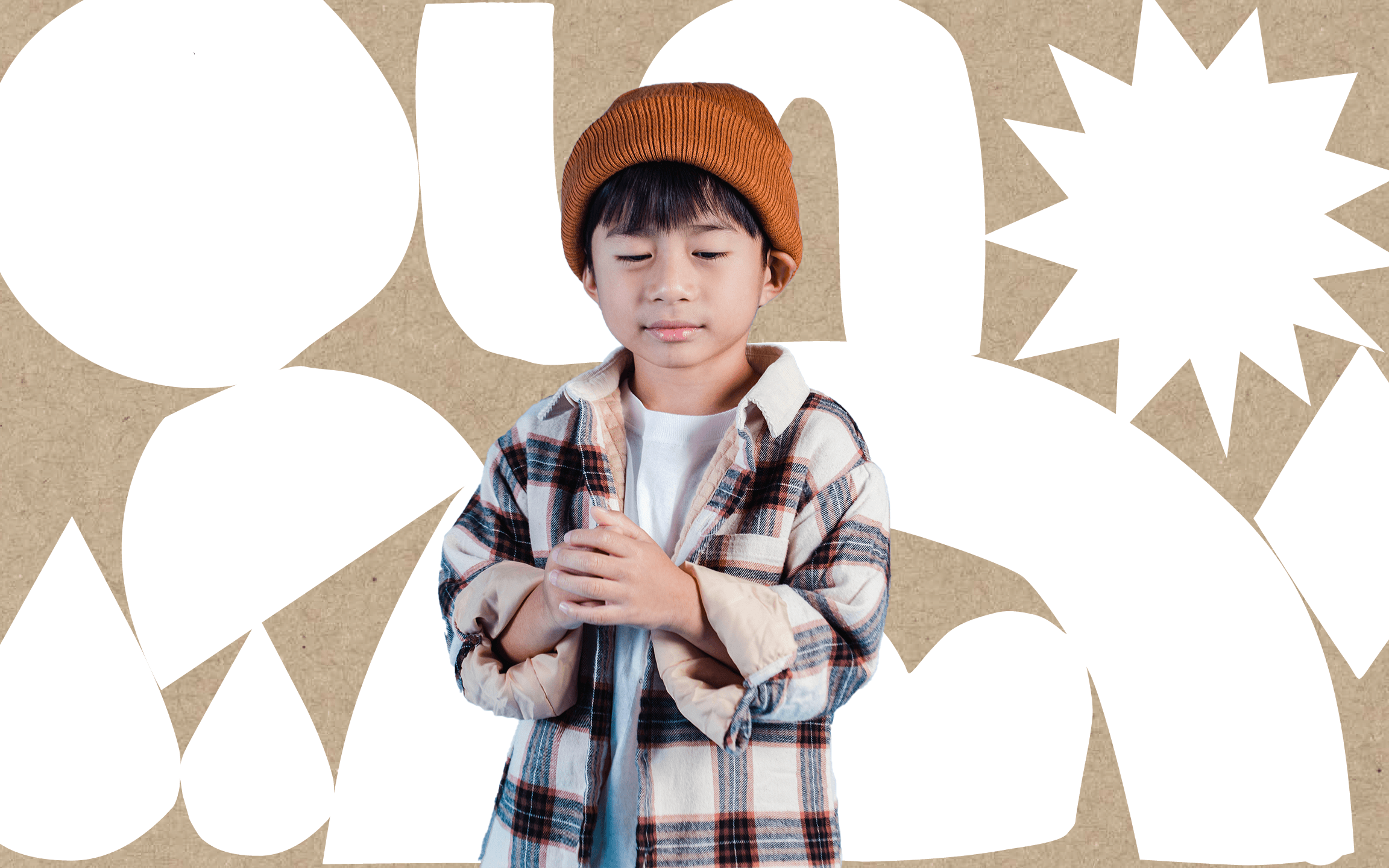Why Hand Wash
There are many reasons why hand washing your clothes is a great idea. It might appear to be a bit more time-consuming, but when you decide to wash by hand, you’re making a positive contribution to the environment. A standard washing machine uses 40-45 gallons of water, which quickly adds up, depending on how many washes you do in a week. For some families, the drone of a washer might be ambiance during most times of the day! We understand—we want our things to be clean, too.
Not only that, but sometimes machine-washing is a little too harsh on delicate clothing. Quality clothing will last longer if you properly care for it.
There are a lot of ways to efficiently and effectively handwash at home. Don’t fret—this doesn’t have to be a one-person job. Encourage the entire family to help out! Teaching them these tools early instills responsibility—for both their things, their time, and the environment. While washing clothes seems like a chore, you can use this time for bonding.
Using your hands to cleanse your clothes is a meditative opportunity to feel gratitude for the things you have, where they come from, and a reminder of how much you really need in your, or your child’s, closet. The earth will thank you for it!
Preparing
If handwashing seems a bit intimidating, feel free to take small steps. No need to let the laundry pile up and tackle all of your things at once. Designate two laundry hampers or baskets and split up the load between clothes that are labeled hand wash only and the rest. Start there.
Otherwise, separate your clothing by color and style—similar to how you might for a regular load.

Washing
There are two routes you can take:
- Traditional handwashing
- Assisted
Traditional hand washing is best accomplished in small, specific batches. If you attempt to do too much at once, you might become discouraged due to time and effort extension. We recommend small mindful washes spread out over time. Know what is doable for you, so you walk away feeling confident and resourceful!
- Fill a small tub or sink with lukewarm water.
Always be sure to test the temperature—especially if tiny hands are involved! Beyond safety, water that is too hot can cause colors to run.
2. Add one tablespoon of detergent—eyeball the suds to see if you need to add more for your amount of garments.
Keep in mind: Your first few washes might not need any detergent. Hear us out—when we’re washing clothes in a standard laundry machine, we actually have a tendency to add a bit too much detergent—resulting in residue build up over time. So when you first start handwashing, give this a try and see just how soapy your clothes already are. (You’ll want to avoid using this water as greywater- the water residue left over after washing items.)
3. Wash one garment at a time. Submerge the clothing into the water and create a small swishing motion to clean away dirt and grime. Avoid tugging or twisting the garment—offering the opportunity to stretch the fibers and dismantle the integrity of the clothes.
For stains, apply an eco-friendly remover to the spot and gently scrub the stain away with your thumbs before submerging it into your water solution.
4. In an additional tub with cool water, submerge the garment and lift it out of the water. Allow the suds to fall away. You can gently squeeze out excess liquid, always being mindful of not harming the fabric. Repeat until suds are gone.
A good way to check if the soap or detergent has been effectively removed is to sniff the piece. If the scent of detergent is prevalent, give it a few more rinses.
If handwashing is going to become a norm in your household, it’s a great idea to invest in a small handwashing tool to assist you. There are a plethora of products online that can make bulk handwashing a quicker process (while still saving water and energy!)
Do some investigating and purchase brands that have sustainability in mind—meaning gadgets that are built with recyclable material and promote ethical practices.
Greywater
Have you heard of greywater? As mentioned above—greywater is the result of washing something—like your clothes, for example. About 65% of wastewater is greywater—meaning that it’s possible to repurpose. Take the extra step in your handwash journey by incorporating eco-friendly detergent into the mix. By utilizing an environmentally friendly detergent, you can repurpose the greywater instead of letting it drip down the drain. Brands that are safe for grey-watering typically will have a label promoting it as so.
Popular, commercial brands should not be used.
This water is typically used to water your plants, but it’s advised to use this greywater on already thriving florals and greens—not for young seedlings. Test your greywater slowly and see how your plant reacts. Greywater shouldn’t be stored past 24 hours.

Drying
- Ball up the clean clothing in your hand and give a generous squeeze. Again, never harshly twisting or ringing out the fabric. Otherwise, it may stretch and become distorted.
- For clothes that are heavy and retain water, squeeze out as much liquid as you can, then place the item on top of a clean, lint-free towel. Roll the towel up and use your body weight to press the clothing, allowing the towel to absorb the additional water. For really heavy pieces, use two towels—one on top, one on the bottom.
- Hang to dry. Depending on where you are and how much space you have, you can get creative with this. For heavy, dripping pieces, hand them in the bathtub, so you don’t water stain the floors. Install a clothing line outside or even inside if you have the proper space and location. Invest in a drying rack and place it on the balcony or inside next to an open window or radiator.
Preserving
In conclusion, when purchasing sustainable wear for you and your family, you want these pieces to last a long time! Sustainable clothing is in it for the long haul—that’s what happens when you use recycled, 100% organic cotton or other earth-conscious fabrics.
When you take the additional time to take care of the clothing you love most, it can last for years and years and years—always looking good and feeling great! Help your clothing last while you help the earth last, too.
Little Tips
-
Try not to let laundry loads pile up. Try washing one small load every day/ every other day.
-
Timing is your friend—consider when you will want to wear a garment before you wash it. Between soaking time and drying, it’ll take longer than if you use a machine and dryer. Don’t let this deter you!
-
Before you wash, ask yourself if the clothing is dirty. We’ve been conditioned to believe that one wear = one wash. This isn’t so! A well-kept shirt or pants can survive many wears before washing. By reevaluating how often your clothes truly need cleaning, you’ll save time, water, energy, and your pieces will last even longer!
Of course, with children, all of their imagination can result in a bit of a mess! Follow this
Tip with discretion. Everyone has their own preferences!
- Place your washing bin in the bathtub to make water-splash clean up simple (and in this case—unnecessary!)
- Pretreat stains before washing.

Sources:
https://homeguides.sfgate.com/many-gallons-water-average-washing-machine-hold-full-80612.html
https://www.wayzatahomelaundry.com/numbers-spend-laundry/







Leave a comment
This site is protected by hCaptcha and the hCaptcha Privacy Policy and Terms of Service apply.